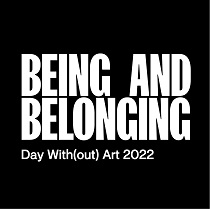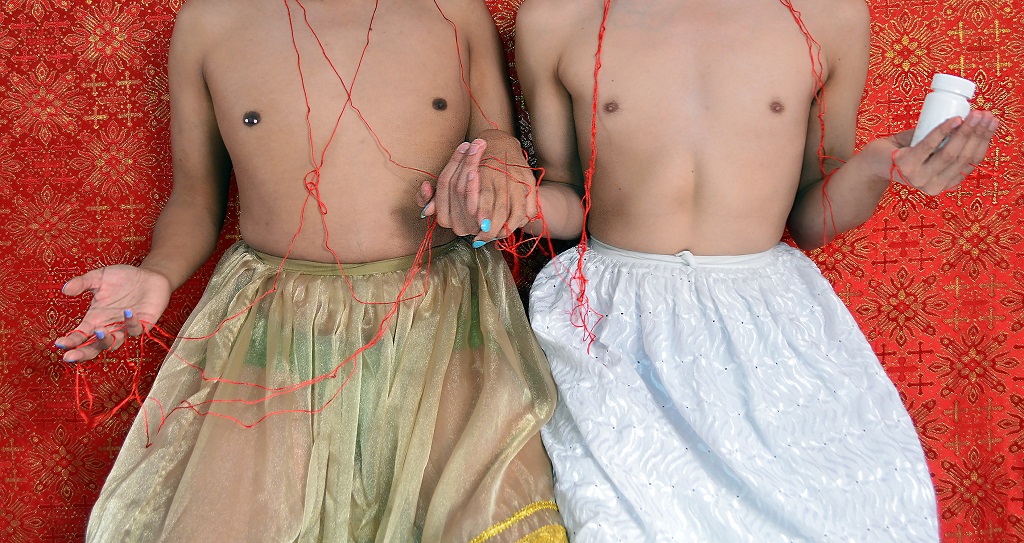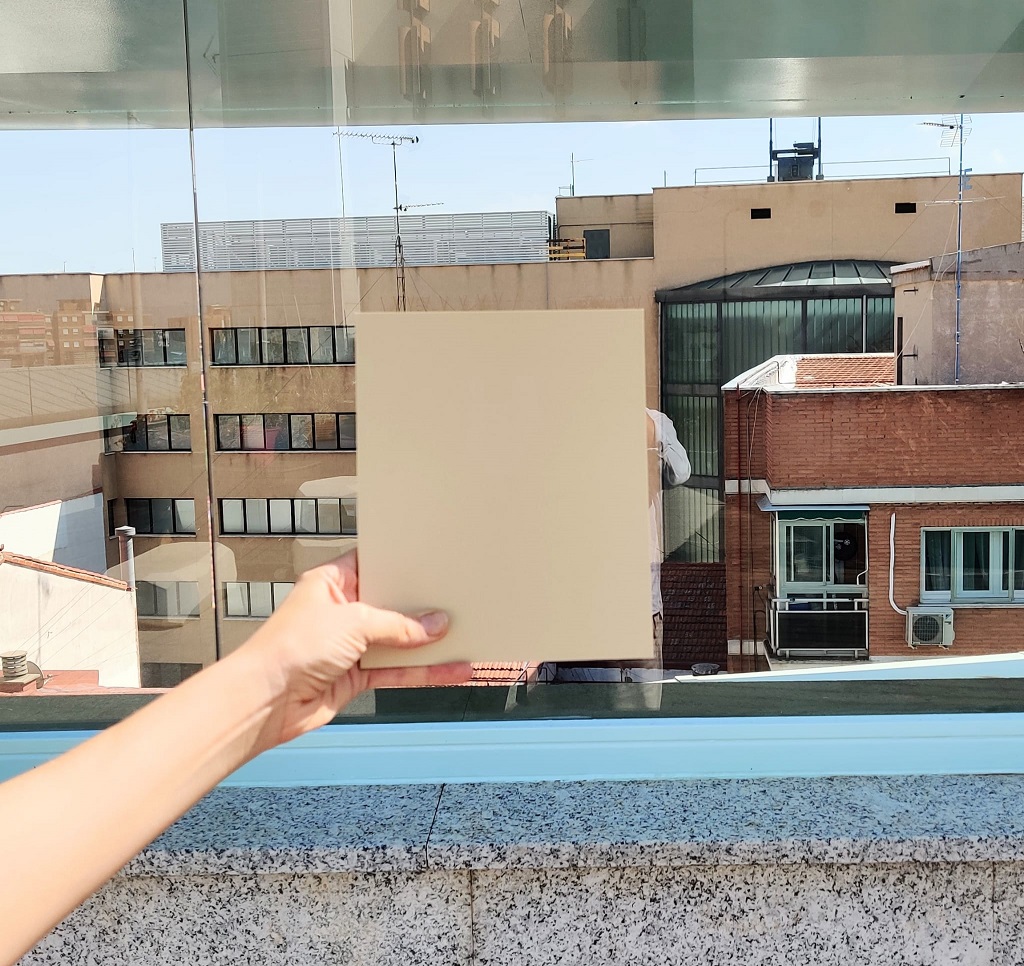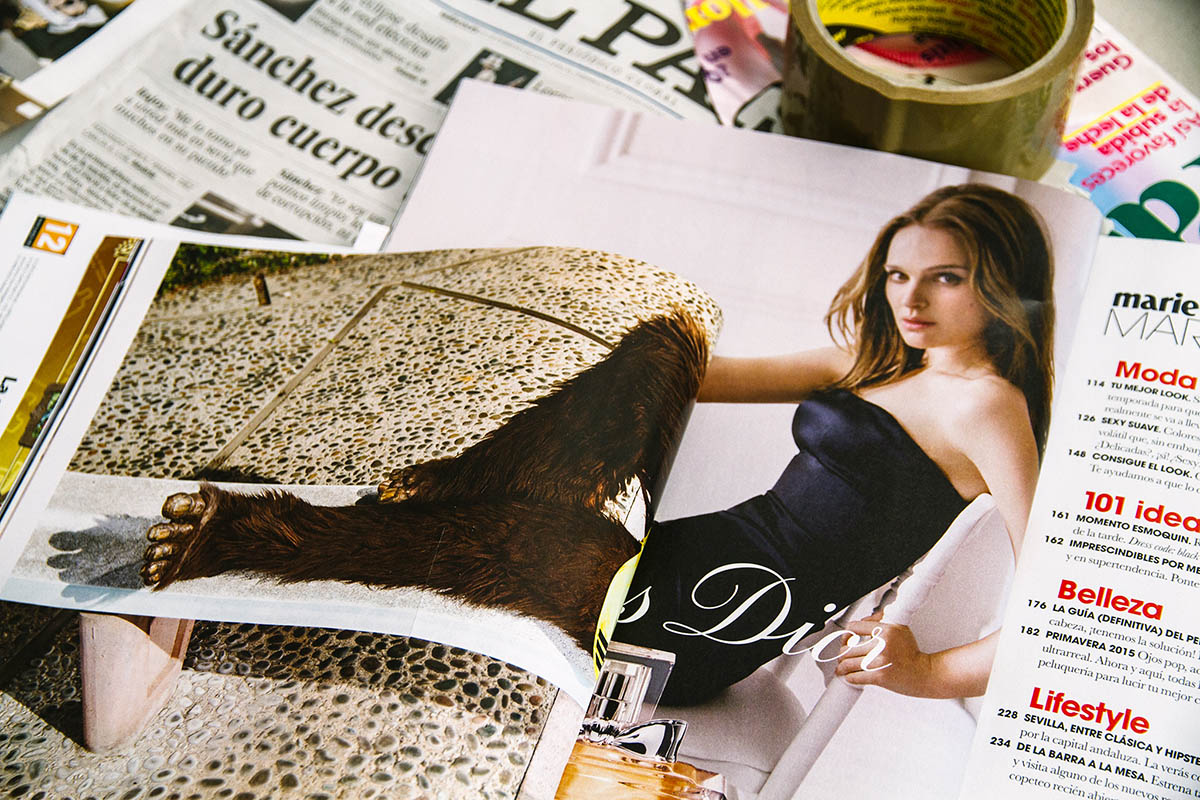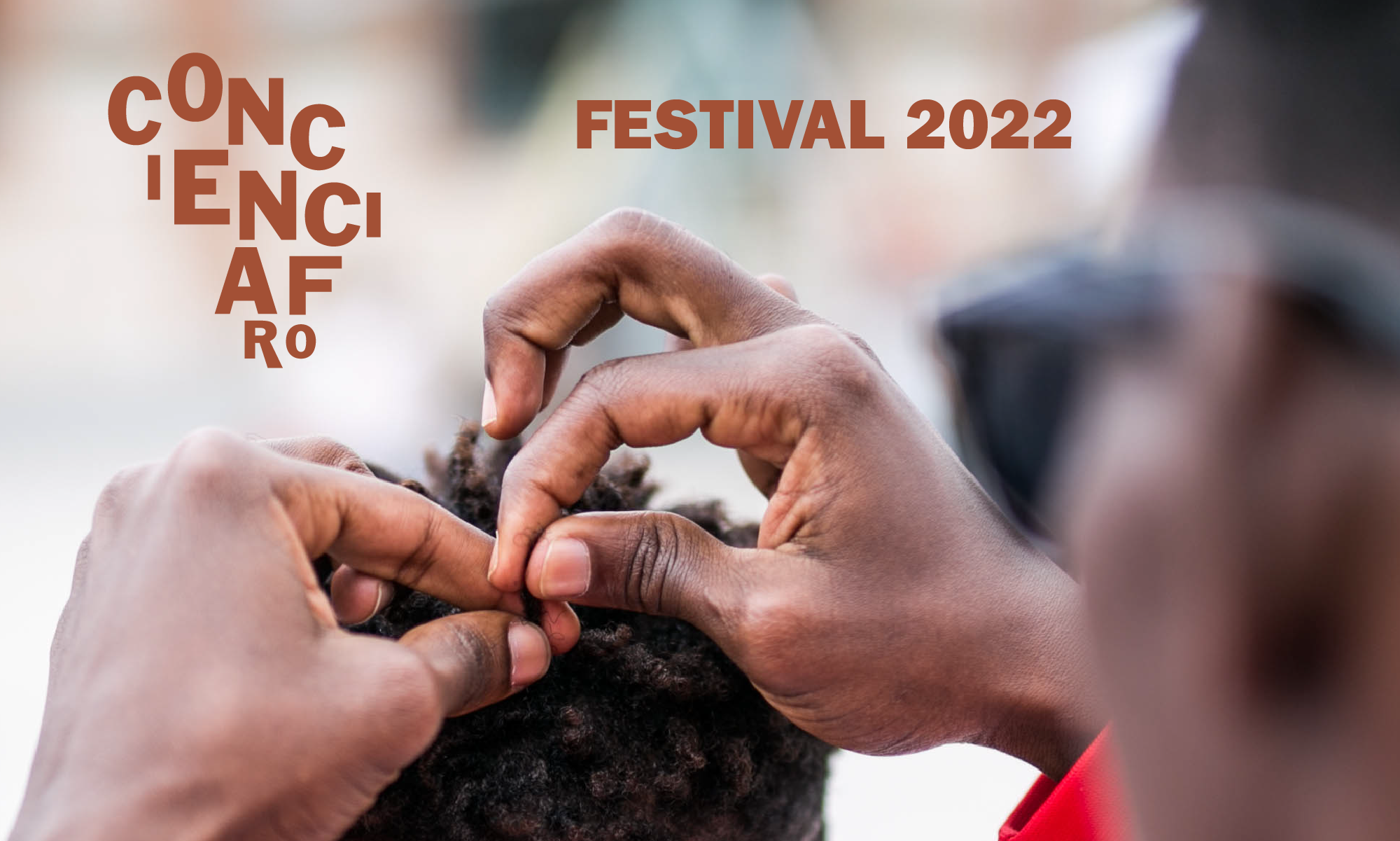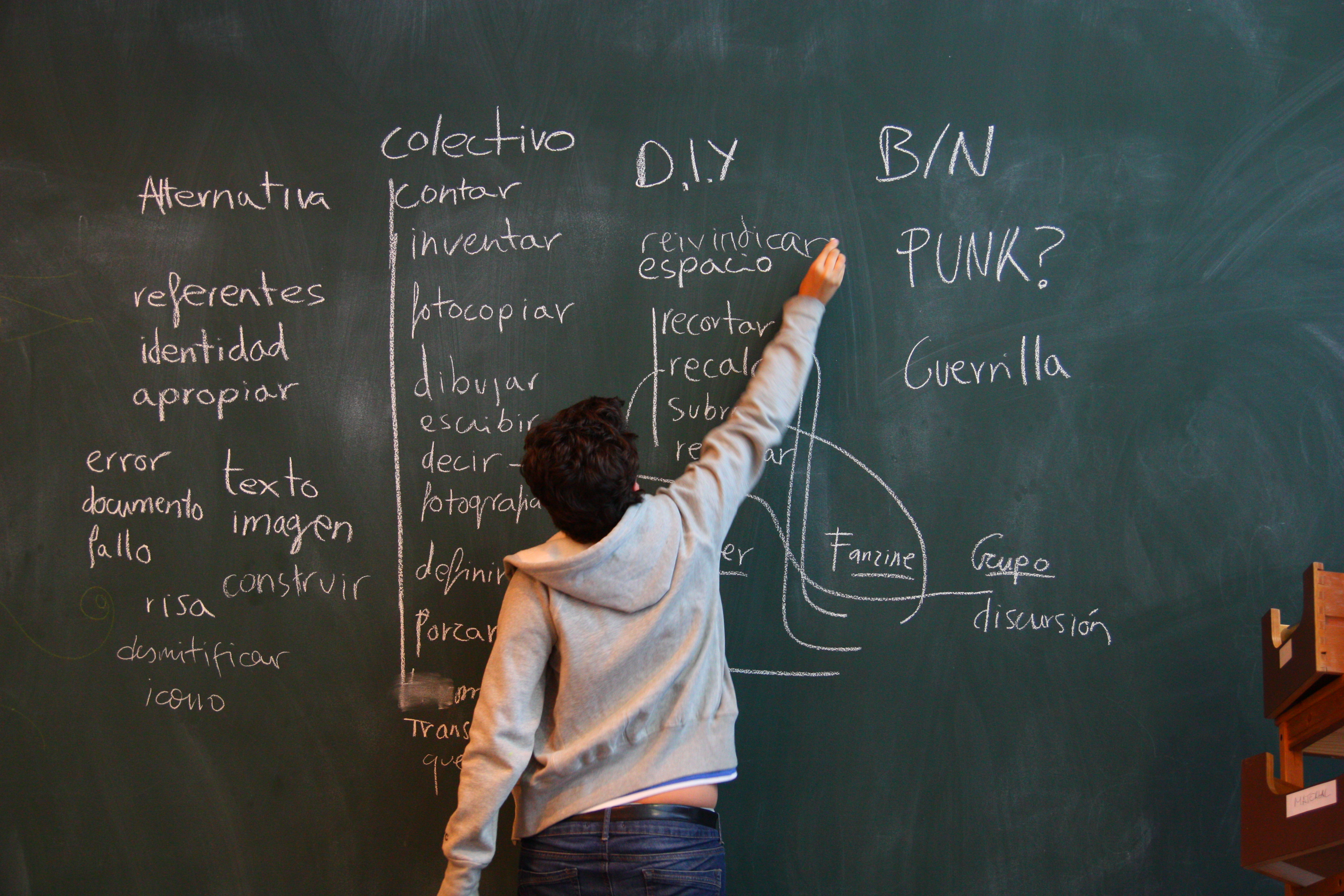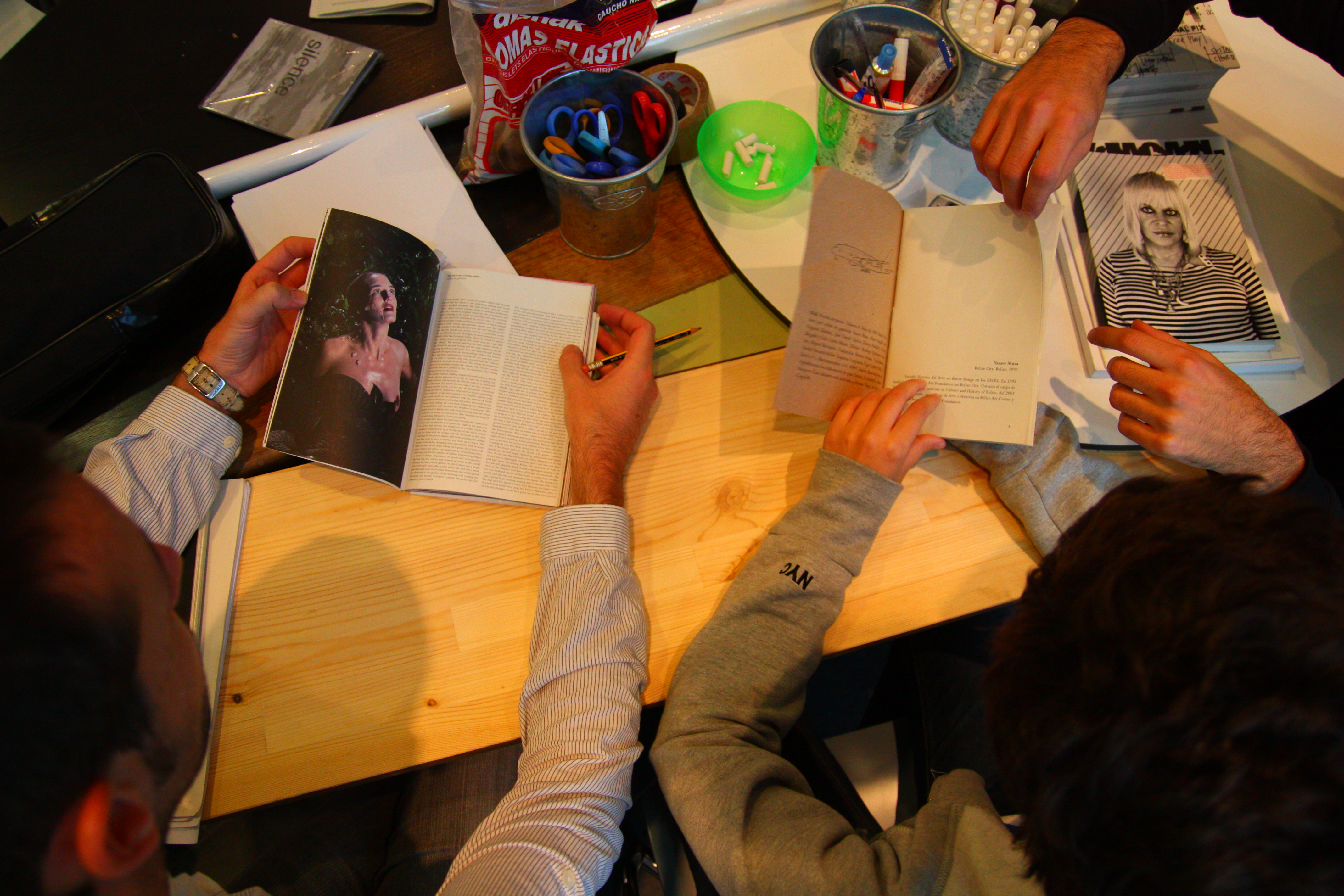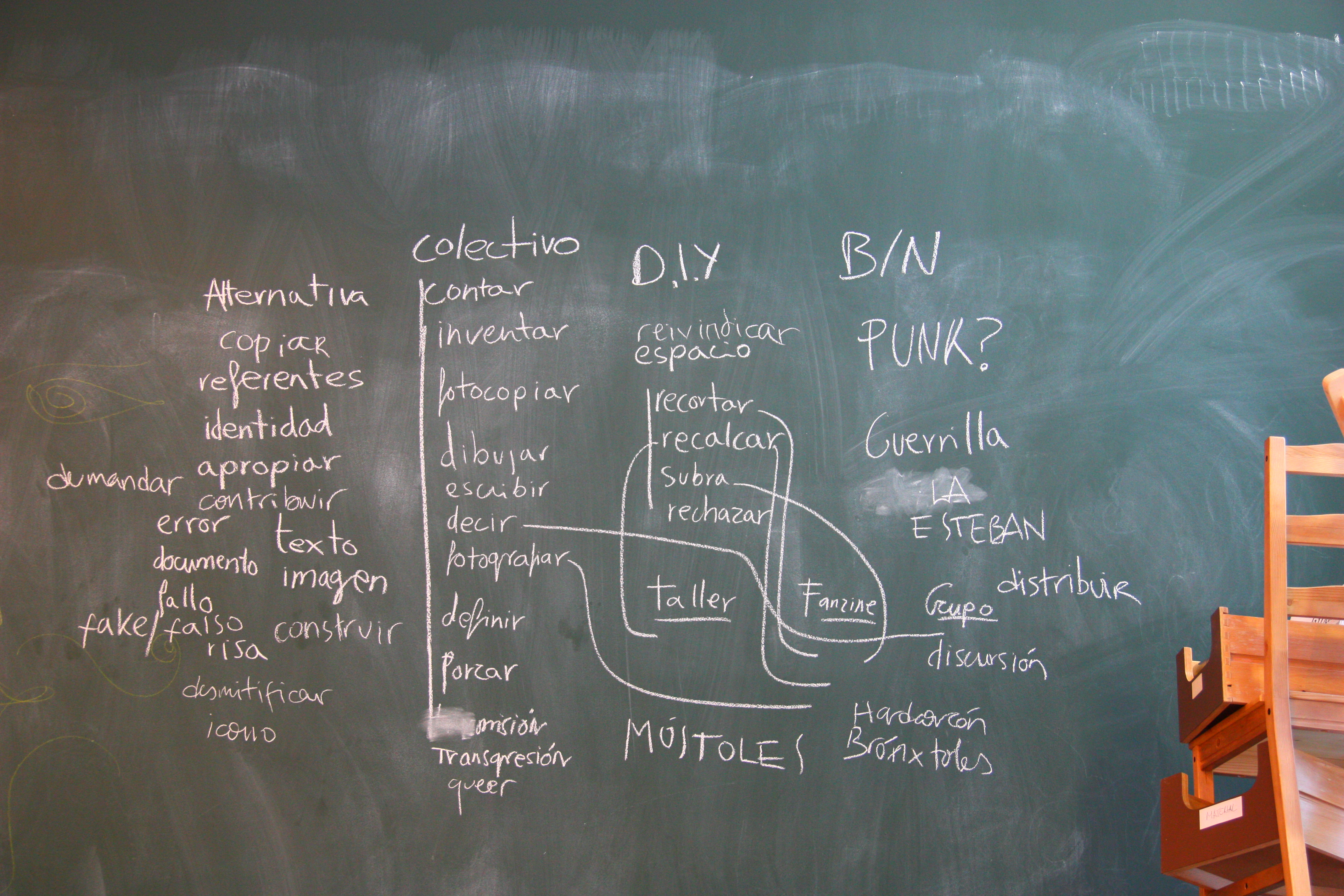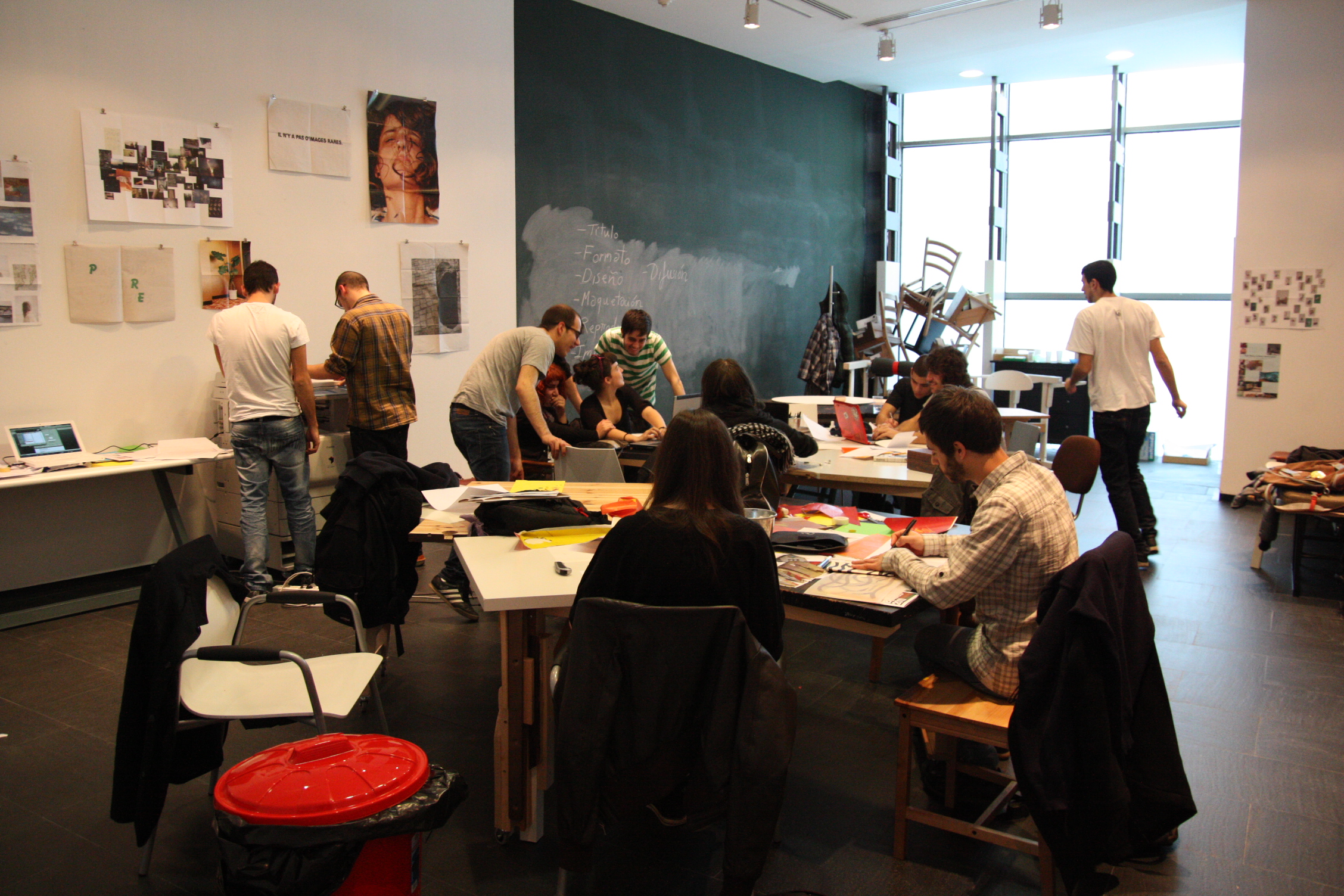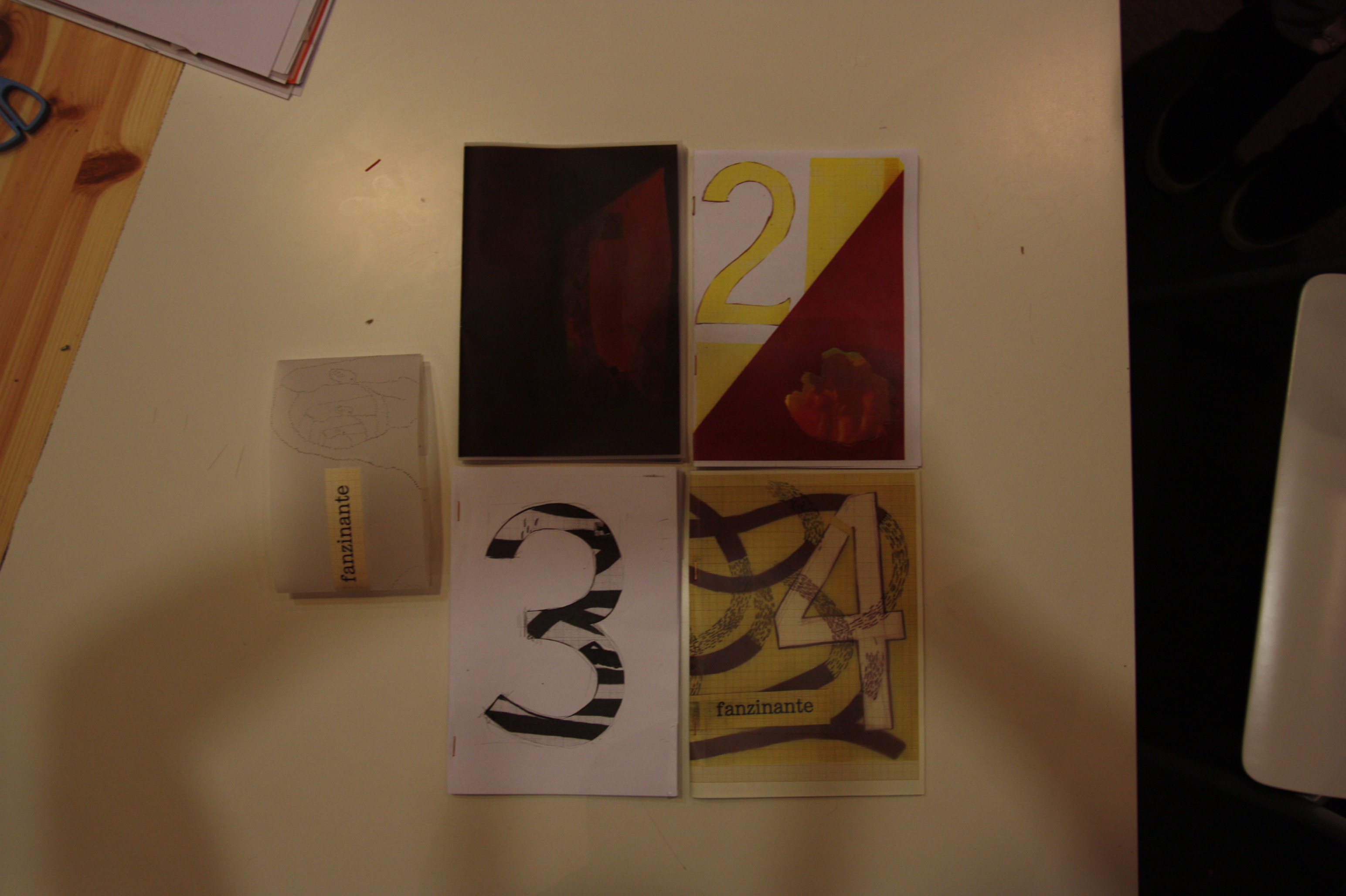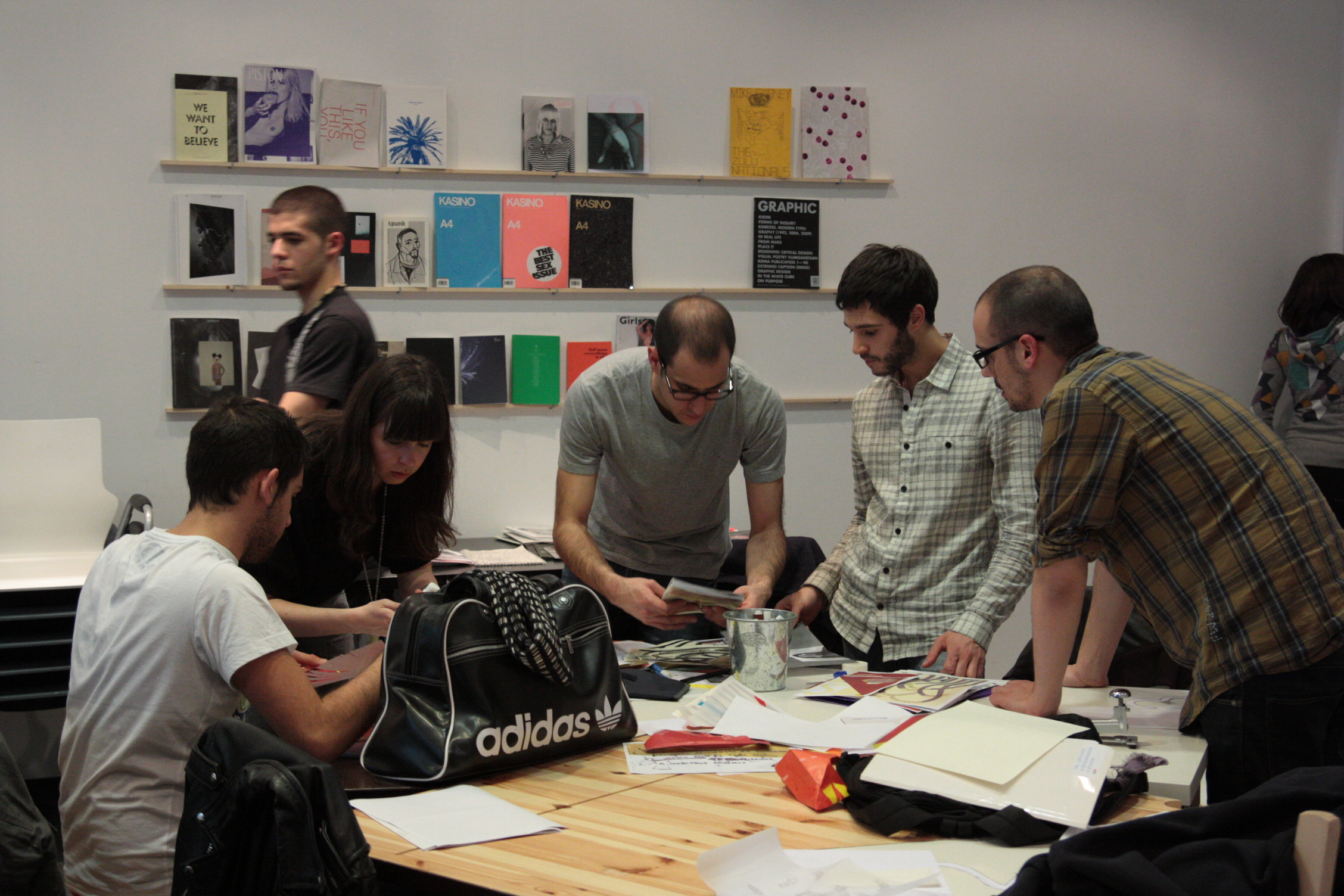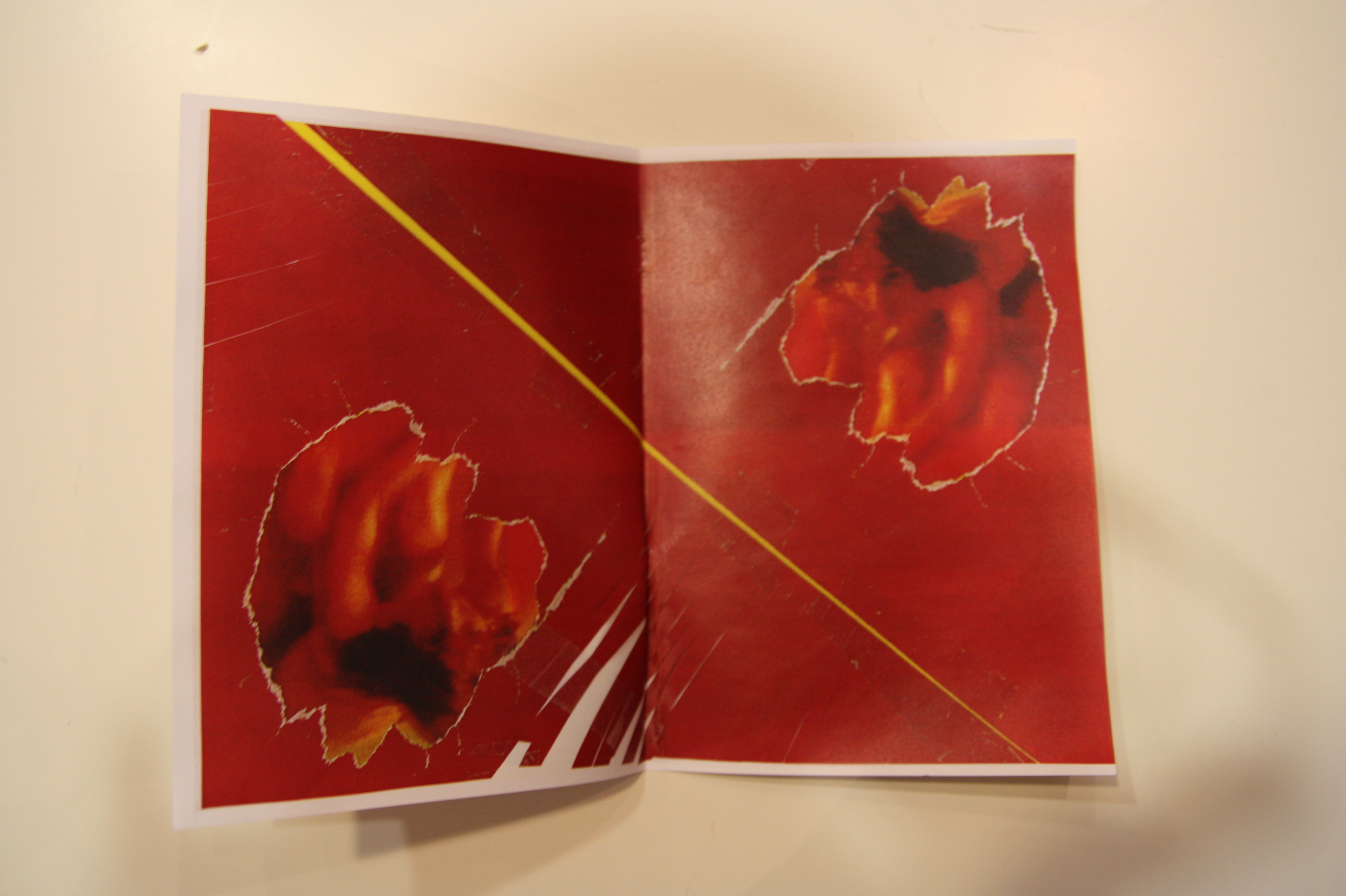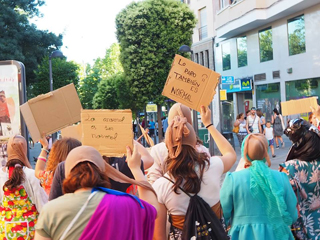Like a damp stain on the bathroom ceiling, this year Les Sin Nombre are back again. We are going to appropriate the museum waste to create termite nests.
We are going to inhabit, occupy and squat the crack as a place to take refuge, that will allow us to make out way inside, to infect the walls through actions and conversations as sticky as our hands after eating a gigantic ice-cream.
LSN is an activity for young people from the ages of 13 to 21 years in which we will explore new forms of relating with contemporary creation. An open collective space in which to investigate artistic strategies based on DIY methods using whatever we have at hand.
Throughout the various sessions, we will work on the critical construction of objects, images and actions, exploring our personal universes and searching for new ways of looking at everyday life. Together we will build the museum that we want to see, a place where we can chat, sing, show our drawings, sunbathe … Using the waste material thrown out by Museo CA2M (the remains from mounting exhibitions, workshops, activities, etc.) we will build a museum within the museum, like a parasitic organism.
Luisempar is a curatorial collective made up of Empar Polanco (Valencia, 1996) and Luis San Gregorio (Aranda de Duero, 1996), focused on research into performative action and its recording.
TODAS LAS PERSONAS SON BIENVENIDAS
Like a damp stain on the bathroom ceiling, this year Les Sin Nombre are back again. We are going to appropriate the museum waste to create termite nests. We are going to inhabit, occupy and squat the crack as a place to take refuge, that will allow us to make out way inside, to infect the walls through actions and conversations as sticky as our hands after eating a gigantic ice-cream.
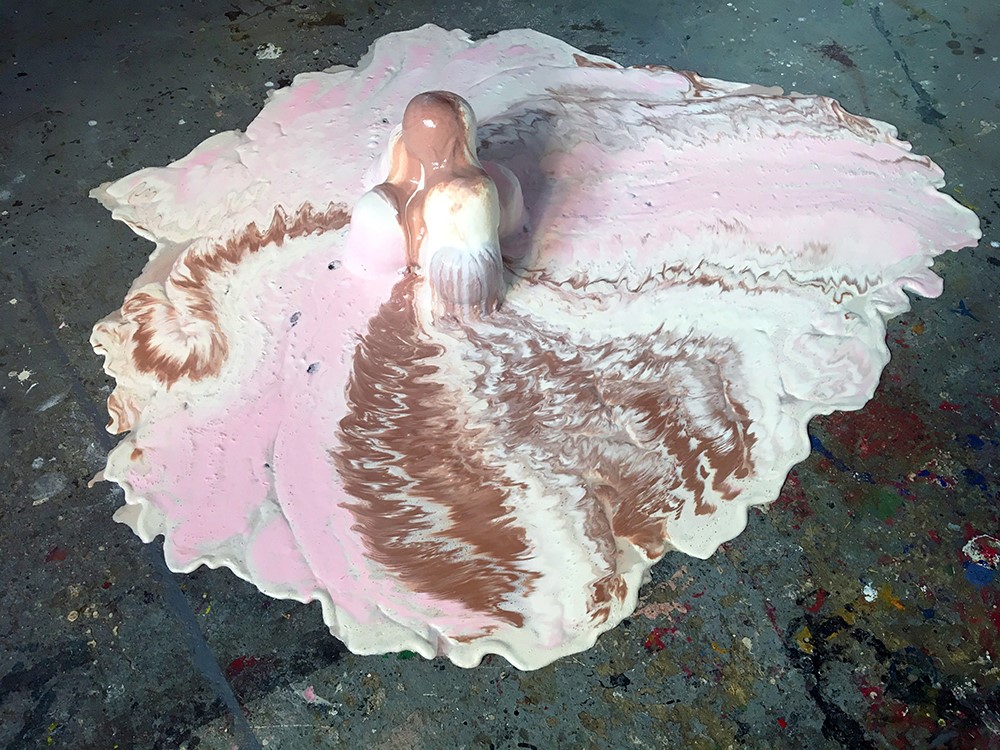
Melting ice cream. Bushwick Open Studios, 2018 © Camila Cañeque
